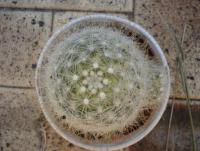got this from bunnings $12 spesh ,labeled a mamm senilis,which was interesting cause they dont often label them with scientific name,were they right,i know theres a little on these lost peyote on the corob ,anyone know much else bout em?[attachment=19575:sh4.jpg]

Edited by nutShare this post
Link to post
Share on other sites